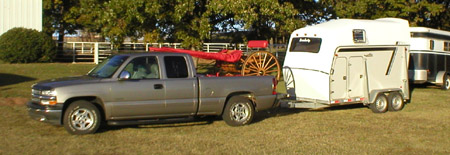

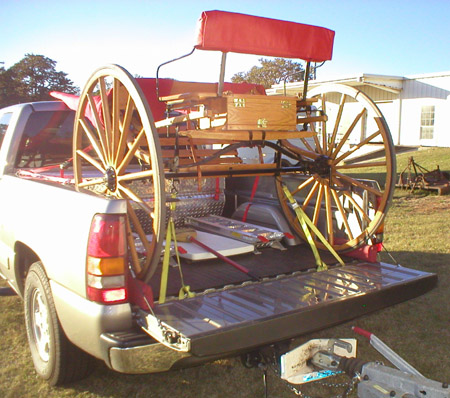
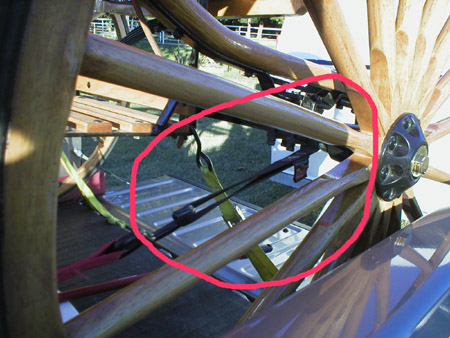
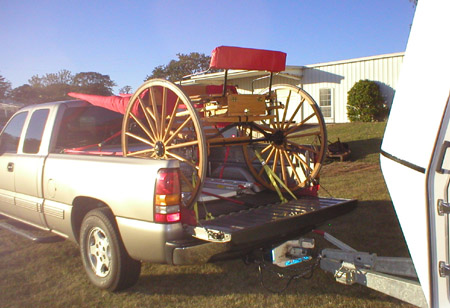
I made the blocks using a piece of 2 x 4 wrapping it with acrylic padding (you need something that will not hold water) and then stapling nylon material around it.
The ramps and anything else in the bed are chained or strapped down to prevent them from flying out.
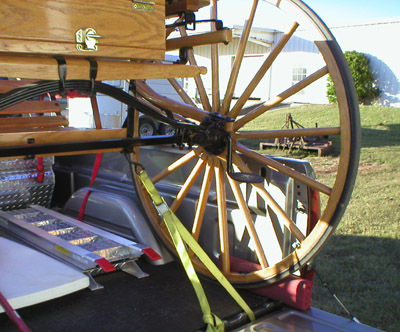
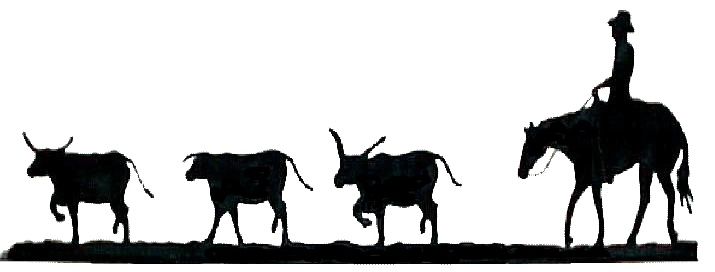
 Insurance & Financial Services
On the Historic Chisholm Trail
Insurance & Financial Services
On the Historic Chisholm Trail